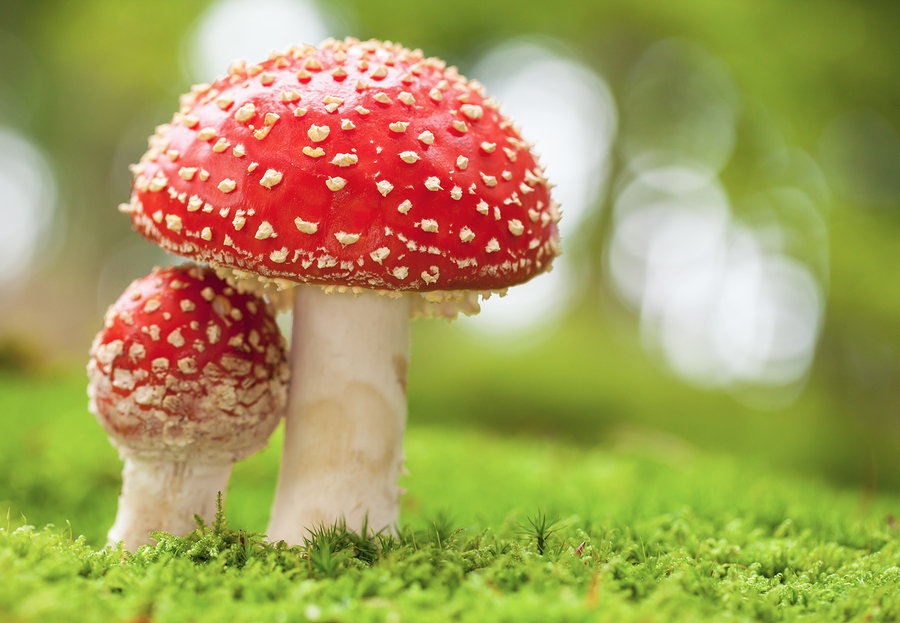If you’ve ever thought about randomly sampling leaves or flowers of plants you don’t know that well – check out this video first. Captain Dave submitted this video – and what a really good one it is. It is on YouTube created by “VSauce” (see the links below to learn more details about the plants and VSauce). VSauce has an awesome channel – serious distraction!
Cerbera Odollam (0:01)
http://www.flowersofindia.net/catalog…
Gympie Stinging Tree (0:20)
http://www.australiangeographic.com.a…
http://www.youtube.com/watch?v=2VS69F…
Conium Maculatum “Poison Hemlock” (1:00)
http://www.oregon.gov/ODA/plant/weeds…
http://www.kingcounty.gov/environment…
http://www.youtube.com/watch?v=0btqxL…
Cicuta Maculata “Water Hemlock” (1:30)
http://www.youtube.com/watch?v=1Tq9s7…
http://plants.usda.gov/core/profile?s…
Giant Hogweed (2:00)
http://www.dec.ny.gov/animals/72556.html
http://plants.usda.gov/core/profile?s…
http://www.youtube.com/watch?v=sysmrq…
Angel’s Trumpet (2:30)
http://www.britannica.com/blogs/2010/…
http://ceanothus.blogspot.com/2012/07…
White Snakeroot (2:59)
http://plants.usda.gov/core/profile?s…
http://www.illinoiswildflowers.info/w…
http://en.wikipedia.org/wiki/Milk_sic…
Castor Oil Plant (3:21)
http://www.ansci.cornell.edu/plants/t…
Bathed In Blood by Jason Bowld
http://www.audionetwork.com/productio…
**************************************
Music By Jake Chudnow: http://www.youtube.com/user/JakeChudnow
Vsauce: http://www.youtube.com/Vsauce
Marjory Wildcraft is an Expedition Leader and Bioneer Blogger with The [Grow] Network, which is an online community that recognizes the wisdom of “homegrown food on every table.” Marjory has been featured as an expert on sustainable living by National Geographic, she is a speaker at Mother Earth News fairs, and is a returning guest on Coast to Coast AM. She is an author of several books, but is best known for her “Grow Your Own Groceries” video series, which is used by more than 300,000 homesteaders, survivalists, universities, and missionary organizations around the world.








COMMENTS(0)
Love Vsauce! All three of their channels have great and interesting topics! I had watched this video before, but it was a good watch the 2nd time around, too!
Marjory,
Thanks for the e-mail version of this story. I have one to add to your list: Aconite. It’s Aconitum napellus, a member of the Ranunculaceae. It’s also called “Monk’s Hood”.
https://en.wikipedia.org/wiki/Aconitum_napellus
Oh thank you. Yes, Monks hood is a bad boy.
I grew up in Western Oregon when there was still lots of empty land behind the house. Wild castor bean plants. Mom told me not to eat the beans. And yet, castor oil was an important item of therapeutic use in my adult years.
My son sampled some jimson week (angel’s trumpet) along with a few friends back when he was a teenager (without my knowledge). Thankfully, he fared OK, but 2 of his friends wound up in the hospital, struggling to breathe. It’s important to sound the warning about plants such as these. Thanks for sharing this.
Hi Josie, thanks for writing about your son. Important to remember!
Yes, it is common for those looking for a free and available “buzz” or hallucinogenic experience, to get hold of Jimson Weed or Brugmansia, when they were looking for Datura. They are booth called “Angel’s Trumpet”.
I’ve heard hogweed is really a “bad boy” and that to get rid of it (it is extremely invasive) one needs to “suit up” in a hazmat suit to make sure it doesn’t touch ANY PART of one’s body or is inhaled. I don’t recall how they said to dispose of it once it was cut down, just remember extreme caution was called for in handling it and not to allow it to spread. Why the Dept. of Agriculture would ever allow it to be imported for any reason is beyond me.
Hi Beth,
I’ll watch that video you posted.
Thanks
More on hogweed: https://www.youtube.com/watch?v=Y8xg_gk-7ao
It has also been known to cause blindness: https://www.youtube.com/watch?v=WxAq-fLJp-g
More on ID’ing hogweed: https://www.youtube.com/watch?v=R6epMRo2hXo
Another deadly plant that is extremely common is horse nettle (Solanum carolinense), also called bull nettle by some. A member of the nightshade family, just one of those yellow berries can kill a weanling horse in less than an hour. (Older horses are unlikely to eat this plant because they are bitter, but young livestock often die from eating these.) The berries start out colored like a watermelon and later turn yellow. Every person needs to know this plant. The best way to deal with them is mechanical control (cutting them off at the ground) as the roots are very deep. Spraying toxins on them does NOT kill them – but it can make them more palatable and cause animals who usually avoid them to be poisoned.
Good content, but presentation much to fast for internalizing the information. Also, video is much too fast to allow for recognizing the plant later. Content, A; teaching, poor.
That is why I used the links under the video. I kept thinking: White Snake Root………I don’t remember that plant. When I looked it up on the excellent link with perfect ID photos, I got it. It is similar to Boneset. The botanical name of the plant has been changed from the Eupatorium family, but the family resemblance is still there. I grew up and gardened in Illinois where it is common. I had a cultivated “woodland garden” with all my favorites, and spent hours, regularly, in native woods both private and public. Yet, I MISSED THAT ONE! Be cautious. That little rascal might be growing right next to the wild raspberries that were all over in those woods. Thanks Marjory!